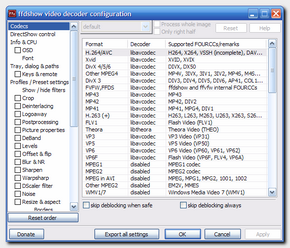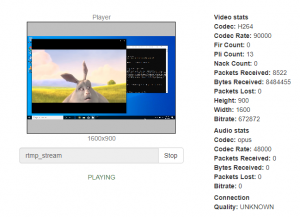


go to FFmpeg builds web page, choose Windows 64-bit architecture, static linking and Download build.


Have you ever wondered if you can put it back in action to do something more useful? It becomes more and more common that there is at least one desktop computer or lap top at your home with sole purpose to collect dust. Among variety of features, FFmpeg can capture video and audio from your computer's camera and stream them over network to some other remote machine. For example C:\output.mp3.4Young Padawans presents Stream camera video and audio with FFmpeg featuring FFmpeg | MultimediaįFmpeg is one of leading frameworks for multimedia processing. If you haven’t changed the directory in your command line you can always specify where to save the file. This makes sense as most microphones record in mono only. ac 1 means the audio will be in mono as opposed to stereo streams. The highest support for MP3 is 320 kbit/s. That is the standard for most audio nowadays unless you intend to use the audio for a video in which case you would use 48,000 Hz. ar 44100 tels FFmpeg to record at a sample rate of 44,100 Hz. c:a libmp3lame means FFmpeg will encode the audio with LAME MPEG Audio Layer III, also known as the MP3 format. Replace name_of_your_microphone with the name of your input device. i audio="name_of_your_microphone" is the audio device you wish to record from. f dshow means “ DirectShow” and lets FFmpeg capture audio and video devices, video capture devices, analog tv tuner devices. To start the recording you just run the following code: ffmpeg -f dshow -i audio="Line (3- Steinberg UR44)" -c:a libmp3lame -ar 44100 -b:a 320k -ac 1 output.mp3 In this case it is Line (3- Steinberg UR44). Alternative name only thing you need to note is your device name. ffmpeg -list_devices true -f dshow -i dummyĪmongst other things this will give you something like: "Line (3- Steinberg UR44)" Let’s start by listing your recording devices. The only tricky part (although not that tricky) is you just have to know the name of your microphone input.īefore you begin make sure you have FFmpeg added to PATH. It’s easy to record your computer microphone with FFmpeg.


 0 kommentar(er)
0 kommentar(er)
